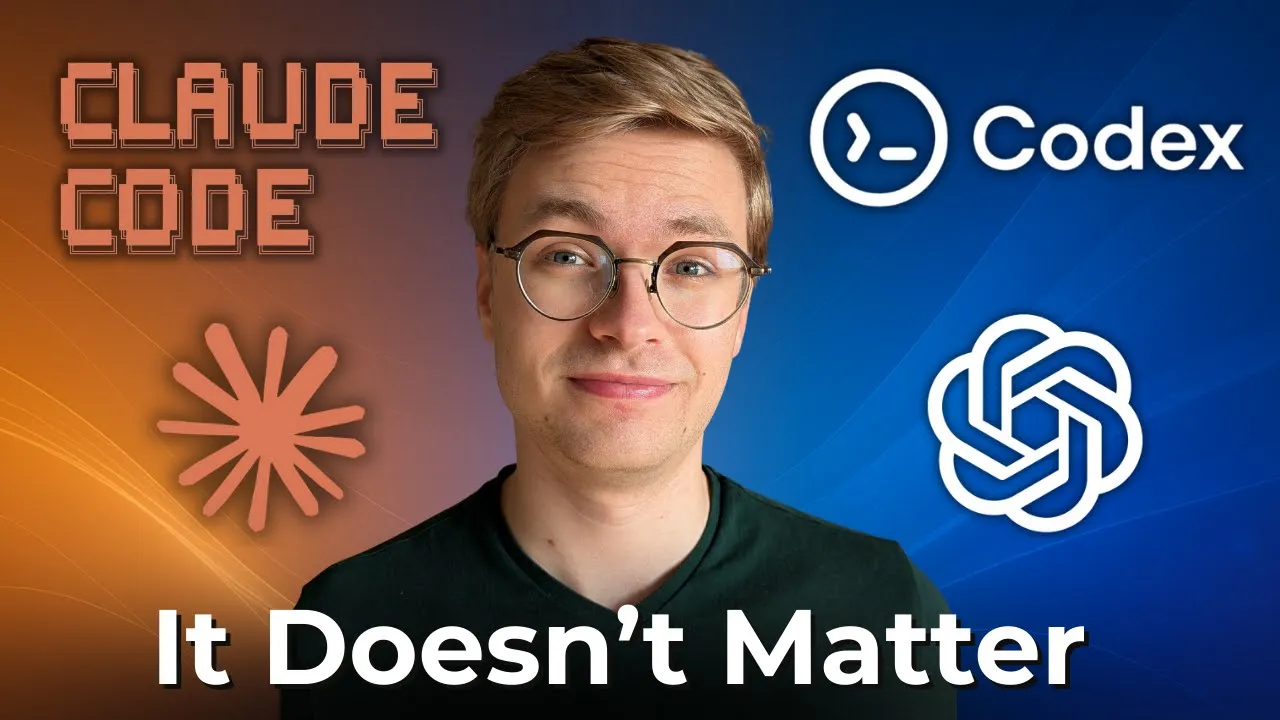Why AI Coding Tool Comparisons Are Pointless (And What To Focus On Instead)
The AI coding tool debate is getting heated. People are comparing Claude Code with OpenAI’s Codex, accusing each other of being bots, and treating these comparisons like they’re the ultimate truth about which tool reigns supreme. But here’s what the discussions are missing: these comparisons are fundamentally flawed and don’t tell us what we actually need to know.
The Illusion of Fair Comparison
When you see a side-by-side comparison of AI coding tools, you’re witnessing something that looks scientific but is anything but. Multiple variables are at play that make these comparisons meaningless for real-world application.
First, you have different programming languages in your project. A tool might excel with Python but struggle with Java, or vice versa. Then there’s the underlying model selection – one tool might use GPT-4, another Claude Opus, each with different strengths and weaknesses.
Most importantly, the way you prompt these models dramatically influences their behavior. The same vague prompt can lead to completely different approaches, search patterns, and solutions. What looks like a tool limitation is often a prompting limitation.
The Non-Deterministic Reality
Here’s the kicker that most comparisons completely ignore: large language models are non-deterministic by nature. This means the exact same tool, with the exact same prompt, will produce different outputs every single time you run it.
You could run Claude Code twice with identical prompts and get completely different approaches to the same problem. One run might search for different keywords, start with different files, or apply different logic patterns. The tools aren’t broken – this is how they’re designed to work.
This non-deterministic behavior makes singular tests completely meaningless. It’s like judging a chef based on one randomly selected meal without considering their overall skill, consistency, or ability to adapt to different ingredients and requests.
What Actually Matters for Productivity
Instead of getting caught up in tool wars, successful AI engineers focus on what really drives productivity: workflow mastery and foundational expertise.
The most productive developers choose one tool and invest time learning its quirks, strengths, and optimal prompting strategies. They understand how to guide their chosen tool when it gets stuck, how to structure their requests for best results, and when to step in manually.
This deep expertise with a single tool consistently outperforms surface-level knowledge of multiple tools. You’ll spend less time context-switching between different interfaces, commands, and behaviors, and more time actually building software.
The Senior Engineer Perspective
Experienced engineers know that AI coding tools are productivity enhancers, not magic solutions. They’ve seen enough tool cycles to understand that the “revolutionary” new tool announced today will likely have competitors with similar capabilities within months.
Rather than jumping on every new release, senior developers adopt a strategic approach: they evaluate their current workflow, identify where AI can provide the most leverage, choose a tool that fits their needs, and commit to mastering it before even considering alternatives.
This approach requires patience in an industry obsessed with the latest and greatest. But it leads to sustainable productivity gains rather than constant tool-switching overhead.
Building Real Development Skills
The most concerning trend in AI coding discussions is the implication that these tools can replace fundamental programming knowledge. This is a dangerous misconception that will leave you stranded when (not if) your AI tool fails to solve a problem.
Every AI coding tool will hit limitations. When that happens, your real developer experience becomes your lifeline. You need to understand the underlying concepts, debugging approaches, and problem-solving strategies to guide the AI in the right direction or take over manually.
The combination of strong foundational skills and AI tool mastery is what creates truly productive developers. One without the other leads to either inefficiency (avoiding AI tools entirely) or getting stuck when the AI can’t solve your problem.
A Better Approach to Tool Selection
Instead of reading comparison reviews, here’s what actually works: try the tools that interest you with your specific projects, prompts, and workflow patterns. What works for someone else’s Python web application might not work for your Java enterprise system.
Consider factors like integration with your existing tools, pricing models that fit your usage patterns, and interface design that matches how you think about problems. These practical considerations matter more than theoretical performance benchmarks.
Most importantly, give yourself time to actually learn a tool before judging its effectiveness. The initial learning curve might make any tool seem inferior to what you’re used to, but the long-term productivity gains often justify the investment.
The goal isn’t to pick the “best” AI coding tool – it’s to pick the one that makes you most productive and then master it thoroughly. That mastery will serve you far better than chasing every new release that promises to revolutionize development.
To see exactly how to implement these concepts in practice, watch the full video tutorial on YouTube. I walk through each step in detail and show you the technical aspects not covered in this post. If you’re interested in learning more about AI engineering, join the AI Engineering community where we share insights, resources, and support for your learning journey.

